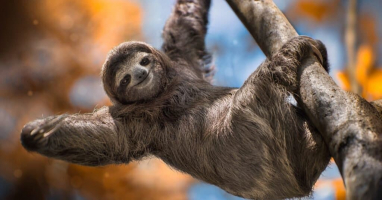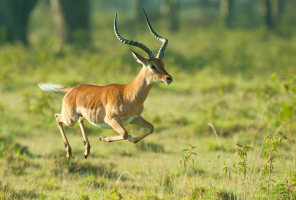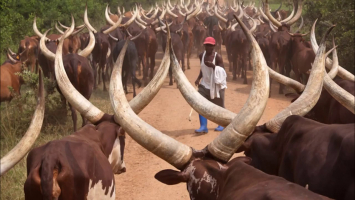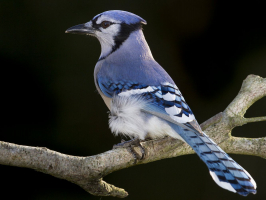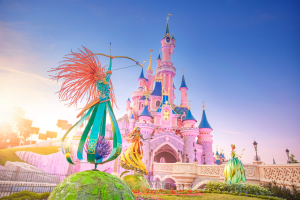Top 10 Longest Living Animals In The World
Because of unusually high newborn mortality rates, illnesses, predators, severe weather, habitat degradation, or competition for food and shelter, animals ... read more...living in natural settings seldom reach their full potential age. This article will give you the top 10 longest living animals in the world.
-
Hydra are tiny invertebrates with soft bodies that resemble jellyfish. Hydras, like Turritopsis dohrnii, have the ability to live indefinitely. Hydras do not deteriorate with age, as previously reported by Live Science. These invertebrates are mostly composed of stem cells, which renew continuously by duplication or cloning. Hydras do not live forever under normal settings due to risks such as predators and illness, but they may be immortal if these external threats are removed.
Hydra has a tubular, radially symmetric body that can stretch to 10 mm (0.39 in) in length and is held in place by a simple adhesive foot known as the basal disc. The basal disc's adhesive characteristics are due to the secretion of a sticky fluid by gland cells. A mouth opening at the free end of the body is encircled by one to twelve slender, movable tentacles. Each tentacle, or cnida (plural: cnidae), is covered in stinging cells known as cnidocytes.
Age: potentially immortal
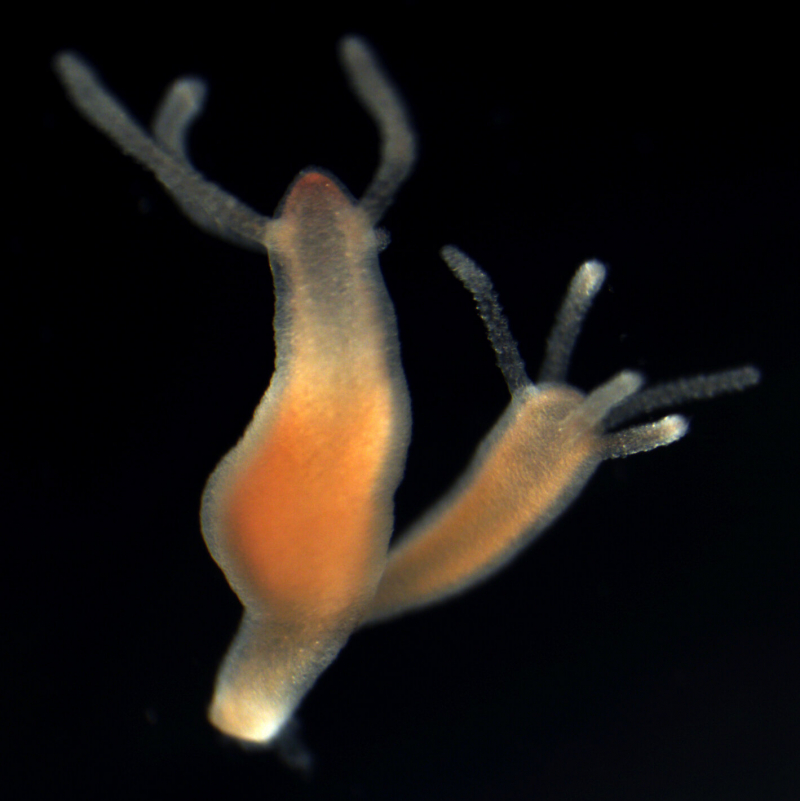
Source: The New York Times Source: Deep Look -
Turritopsis dohrnii is known as the eternal jellyfish because it has the ability to live indefinitely—it is also on the list of the longest living animals in the world. Jellyfish begin life as larvae before settling on the seabed and developing into polyps. These polyps eventually give rise to free-swimming medusas, sometimes known as jellyfish. According to the American Museum of Natural History, mature Turritopsis dohrnii can convert back into polyps if they are physically wounded or starved, and then return to their jellyfish condition.
According to the Natural History Museum in London, jellyfish, which are endemic to the Mediterranean Sea, may repeat this feat of reversing their life cycle numerous times and hence may never die of old age given the appropriate conditions. Turritopsis dohrnii are small (less than 0.2 inch (4.5 millimeters) wide) and are eaten by other species like fish or may die of other causes, preventing them from obtaining immortality.
Age: potentially immortal
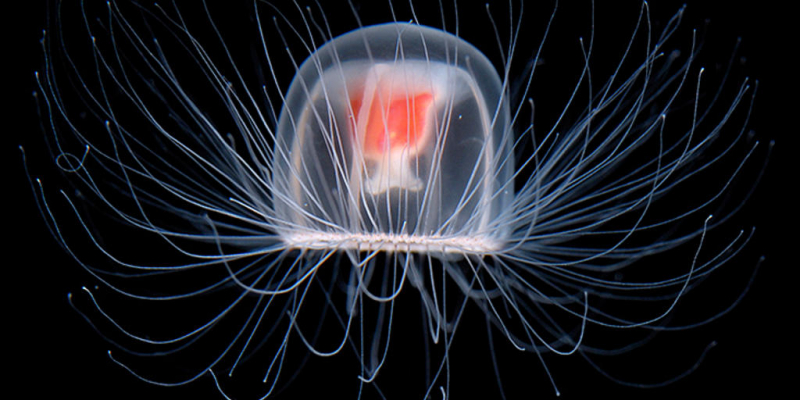
Source: amnh.org Source: V101 Science -
Sponges, like corals, are built up from animal colonies that may survive for thousands of years. Glass sponges are among the most ancient sponges on the planet. According to NOAA, members of this species are frequently discovered in the deep ocean and have skeletons that resemble glass, thus their name. According to a 2012 study published in the journal Chemical Geology, a glass sponge belonging to the species Monorhaphis chuni was around 11,000 years old. Other sponge species may be able to exist for much longer periods of time.
Glass sponges are scarce and are usually found at depths ranging from 450 to 900 meters (1,480 to 2,950 feet) below sea level. Although Oopsacas minuta was discovered in shallow water, additional species have been discovered considerably deeper. They can be found in all of the world's seas, although they are most prevalent in the Antarctic and Northern Pacific.
Age: 10,000+ years old
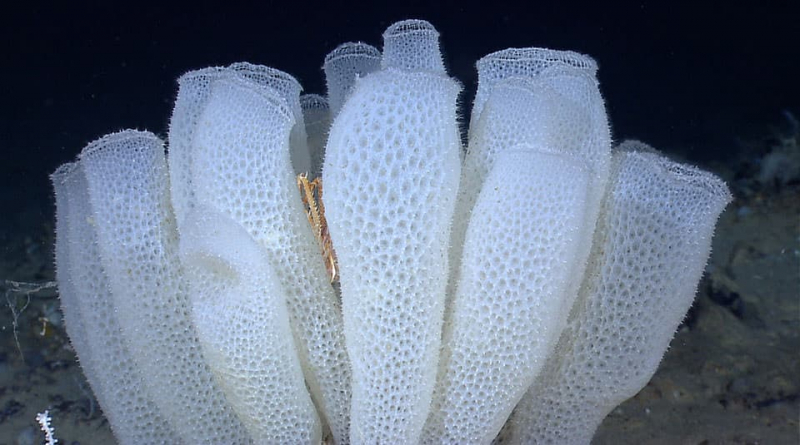
Source: NOAA Source: All things Marine -
Corals appear to be beautiful underwater rocks and plants, but they are actually the exoskeletons of invertebrates called polyps. These polyps constantly proliferate and replace themselves by producing a genetically identical duplicate, causing the coral exoskeleton structure to grow larger and larger over time. Corals, unlike Greenland sharks or ocean quahog clams, are made up of several similar creatures; therefore, a coral's longevity is more of a collaborative effort.
They are most commonly found on continental slopes less than 50 m (164 ft) deep. Throughout its existence, a black coral reproduces both sexually and asexually. Many black corals offer habitat, food, and safety to other creatures.
Deep-water black corals (Leiopathes sp.) are among the longest-lived corals, surviving for hundreds of years or more. Live Science earlier stated that black coral specimens discovered off the coast of Hawaii were 4,265 years old.
Age: 4,000+ years old
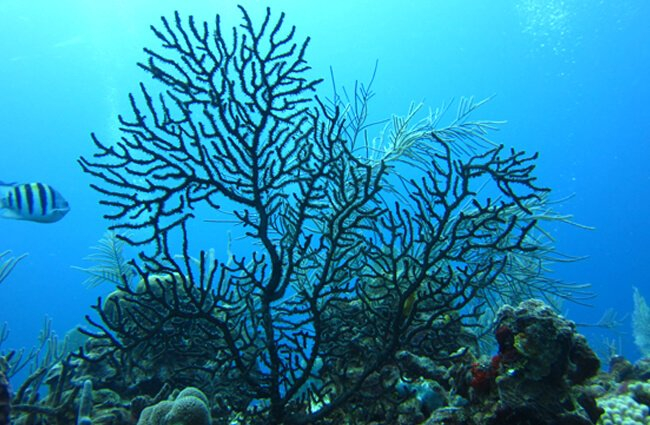
Source: Animals.NET Source: My St Kitts Dive Buddy -
The ocean quahog (Arctica islandica) is a kind of edible clam that is a marine bivalve mollusc in the Arcticidae family. This species is endemic to the North Atlantic Ocean and is commercially exploited as a food source. This species is also known as the Icelandic cyprine, the mahogany clam, the mahogany quahog, the black quahog, and the black clam.
The Arctica islandica resembles the quahog, but the shell of the ocean quahog is rounder, the periostracum is generally black, and the pallial line on the inside of the shell lacks an indentation or sinus. This species, unlike the quahog, lives subtidally and can only be captured by dredging. They may reach shell heights of more than 50 mm (two inches). A solitary specimen was claimed to have lived for 507 years, making it the longest-living non-colonial metazoan whose age was precisely determined.
Age: 500+ years old
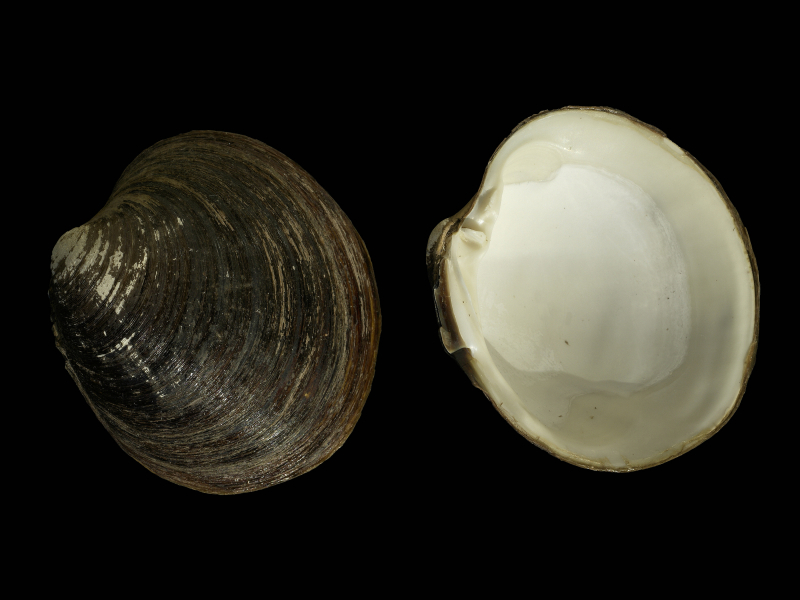
Source: Wikipedia Source: Animal Fact Files -
One of the longest living animals in the world is the Tubeworm. A tubeworm is any worm-like sessile invertebrate that attaches its tail to the seafloor and secretes a mineral tube around its body into which it may withdraw its complete body.
Tubeworms are invertebrates that live for a long time in the deep sea's chilly, stable environment. According to a 2017 study published in the journal The Science of Nature, Escarpia laminata, a species of tubeworm residing on the ocean floor in the Gulf of Mexico, may live for up to 200 years, with some individuals lasting for more than 300 years. Tubeworms have a low death rate due to a lack of natural hazards, such as predators, which has allowed them to adapt to having such long lifespans.
Age: 300 + years old
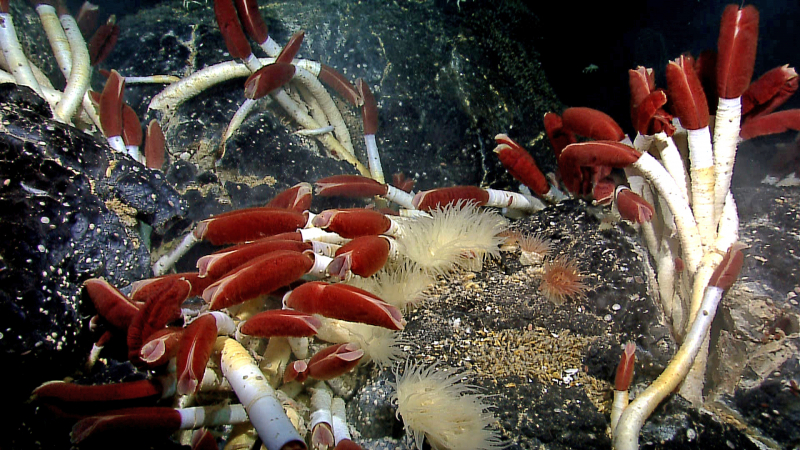
Source: Wikipedia Source: Animal Fact Files -
The Arctic and North Atlantic waters are home to Greenland sharks (Somniosus microcephalus) - one of the longest living animals in the world. According to the St. Lawrence Shark Observatory(opens in new tab), they may grow to be 24 feet (7.3 meters) long and eat a range of other creatures, including fish and marine mammals such as seals.
According to a 2016 study on Greenland shark eye tissue published in the journal Science, these sharks may live for at least 272 years. According to Live Science, the oldest shark in that study was assessed to be 392 years old, and the researchers speculated that the sharks may have been as old as 512 years old. The age estimations were subject to some error, but even the lowest estimate of 272 years makes these sharks the oldest surviving animals on the planet.
Age: 272+ years old
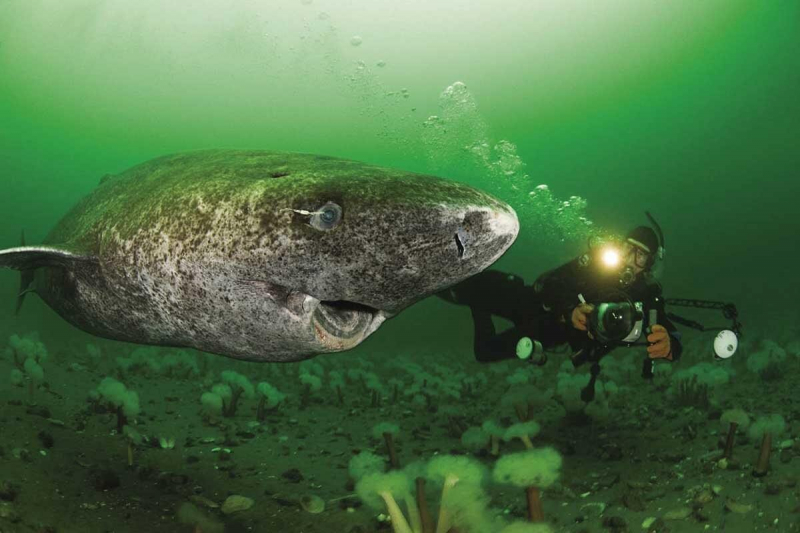
Source: DIVE Magazine Source: Real Wild -
The freshwater pearl mussel (Margaritifera margaritifera) is a critically endangered freshwater mussel, an aquatic bivalve mollusk in the Margaritiferidae family.
Although the term "freshwater pearl mussel" is commonly used for this species, other freshwater mussel species also produce pearls, and others can also be utilized to obtain mother of pearl. The majority of produced pearls currently originate from Hyriopsis species in Asia or Amblema species in North America, both members of the related Unionidae family; pearls may also be found in Unio species.
Margaritifera's shell features a thick nacre on the inside (the inner mother of the pearl layer of the shell). This species may produce fine-quality pearls and was previously used in the quest for pearls. According to the World Wildlife Fund, the oldest known freshwater pearl mussel was 280 years old (WWF). Because of their sluggish metabolism, these invertebrates live for a long time.
Age: 250+ years old
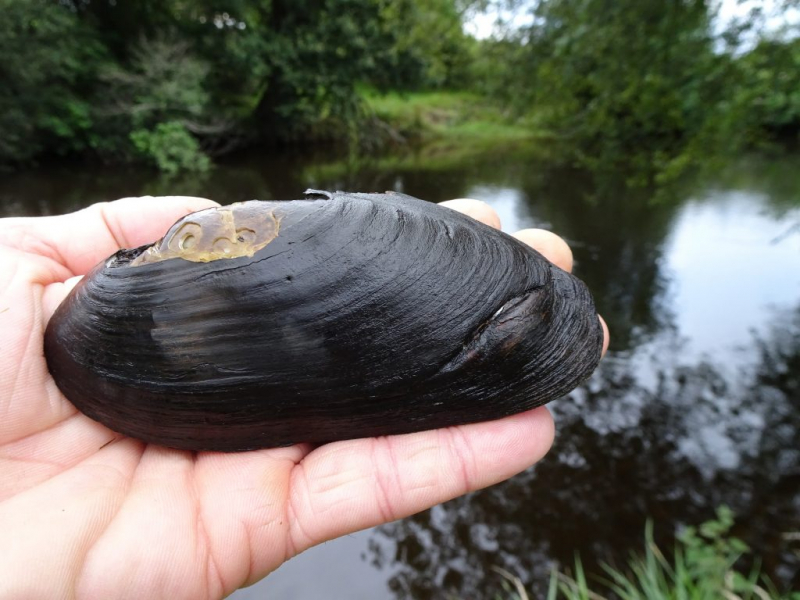
Source: Freshwater Habitats Trust Source: North York Moors National Park -
According to the Washington Department of Fish and Wildlife, Rougheye rockfish (Sebastes aleutianus) are one of the oldest surviving fish, with a maximum lifetime of at least 205 years. These pink or brownish fish can be found from California to Japan in the Pacific Ocean. According to the Committee on the Status of Endangered Wildlife in Canada (COSEWIC), an independent advisory council that analyzes the status of species threatened with extinction in Canada, they may grow to be 38 inches (97 cm) long and devour other creatures such as shrimp and smaller fish.
The rougheye rockfish gets its name from the ten or so spines on the lower eyelid. It is pink, tan, or brownish in hue, with irregular patches of darker brown and a darker patch at the rear of the operculum. The posterior lateral line is frequently pink.
Age: 200+ years old
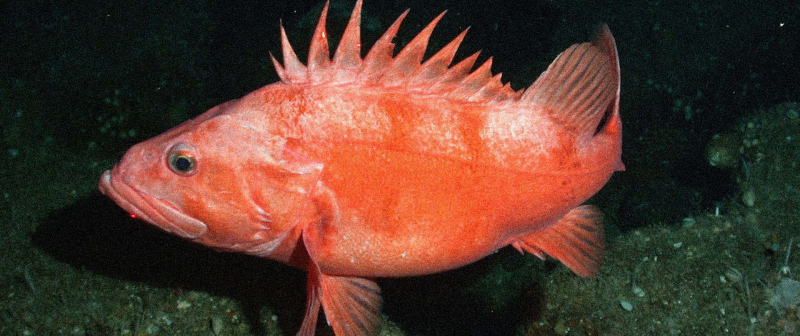
Source: School of Fish Source: Pingin66 -
One of the longest living animals is the bowhead whale (Balaena mysticetus). According to the National Oceanic and Atmospheric Administration, the actual longevity of Arctic and subarctic whales is unclear. However, stone harpoon points recovered in some captured individuals show that they can comfortably live over 100 years and may live more than 200 years (NOAA).
Mutations in the bowhead whales' ERCC1 gene, which is involved in mending damaged DNA, may help protect the whales against cancer, a possible cause of death. Furthermore, a fragment of another gene termed PCNA has been duplicated. This gene is essential in cell development and repair, and its duplication may prevent aging, as previously reported by Live Science.
Age: 200+ years old
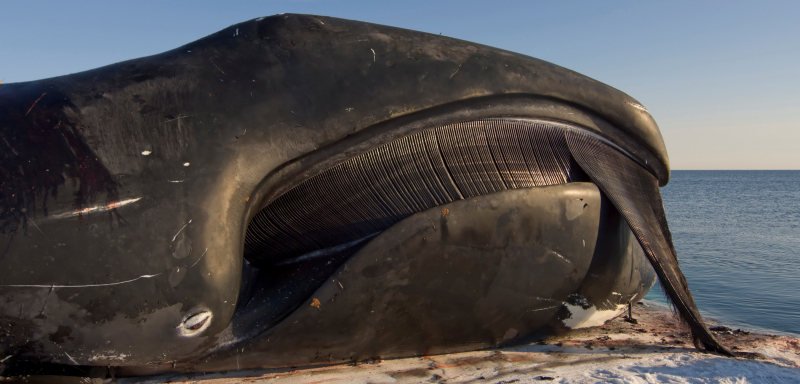
Source: Hakai Magazine 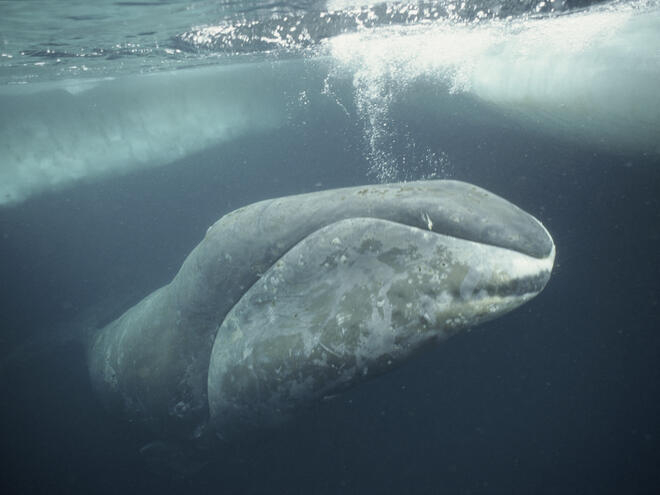
Source: World Wildlife Fund













